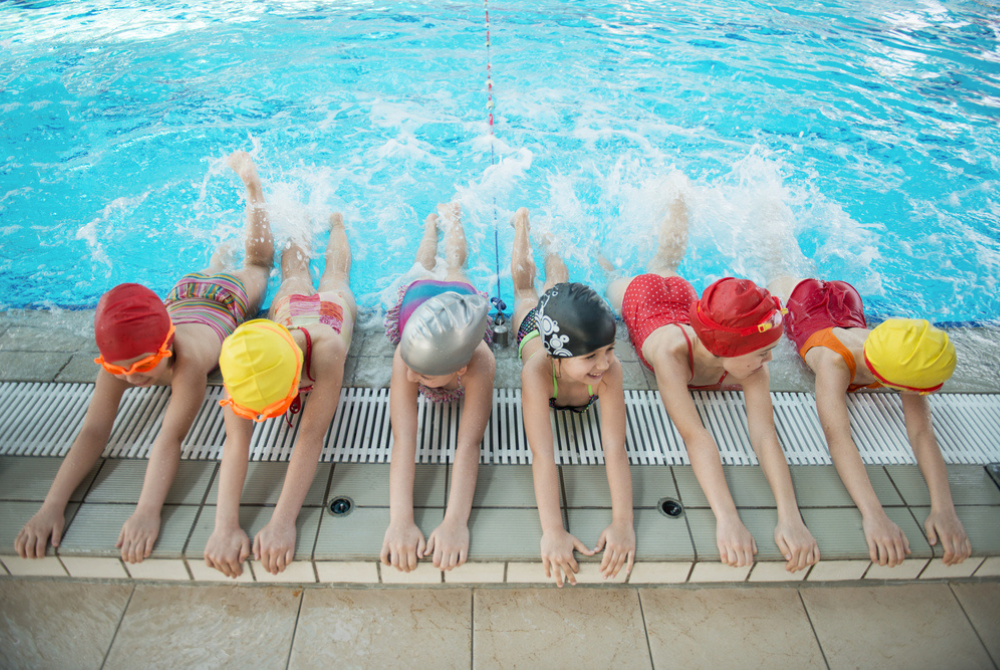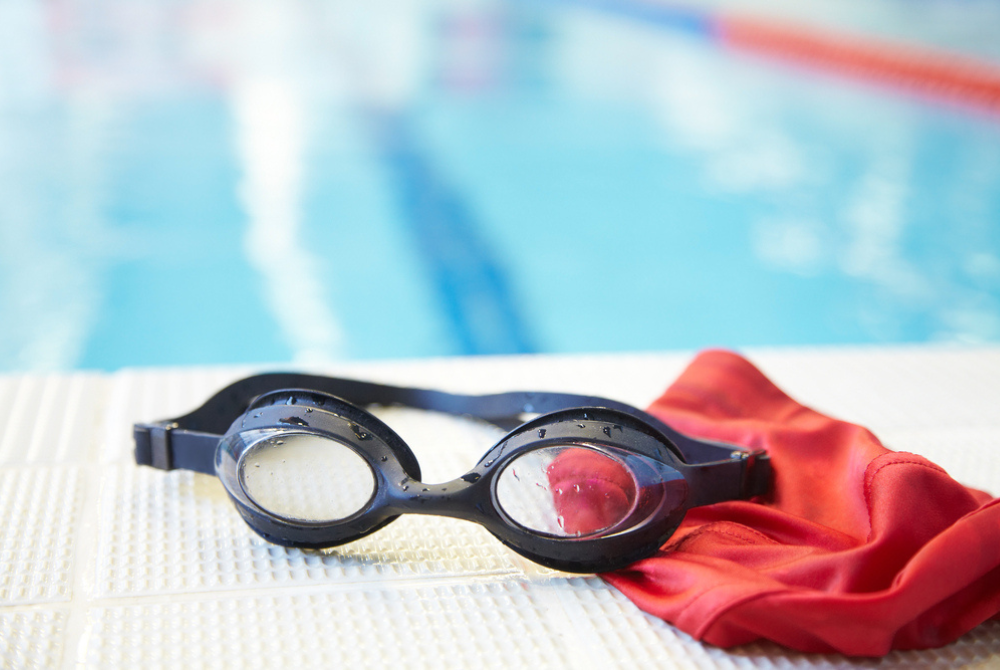Whether your child is just learning to swim, or in a competitive swimming squad, having the right equipment helps to ensure swimming students get the most out of their classes, it minimises discomfort and makes them feel the part! At Fulton Swim School, we recommend that all of our students wear goggles, and it’s also a requirement for all students from our Explorers level up to wear a swim cap. But, it’s not enough just to have the right equipment, it’s equally as important to know how to wear it the right way so that it doesn’t become a hindrance.
If you’ve already done your research to determine the best swimming gear for your child, and you’ve invested in a swim cap and goggles, but you’re not sure if you’re using them correctly, this one’s for you!
Here’s How to Wear a Swim Cap and Goggles The Right Way
Swimming goggles are particularly important for young swimmers because they prevent irritation, and can also help them to see underwater, which can help them enjoy the experience more, and reduce nervousness around water.
A swim cap has a similar effect, and can be a big help to ensure swimmers feel confident and prepared, and can enjoy swimming. Swim caps are great for little ones with long locks to reduce damage to their hair, and prevent painful knots and tangles after swimming. Swim caps are also a useful piece of kit for swimmers who don’t enjoy getting their hair wet, and they can even help reduce drag in the water, meaning your little one will be able to swim further faster, with less effort.
But, swim caps and goggles only work if they’re being used correctly.

Swim caps
Putting a swim cap on for the first time can be daunting! It can be a bit of a challenge for beginners, but once you’ve mastered it, it’s well worth the effort!
Before you begin, it’s important to choose the right size for your child’s head and the amount of hair they have. The cap will need to fit comfortably, to avoid headaches, but not be so loose that it could fall off while they’re in the water.
Once you’ve got the correct size swim cap, and you’re ready to begin, it’s a good idea to wet your child’s hair. This may seem counterintuitive, but even a quick spritz of fresh water will help to avoid any painful tugging and discomfort, reduce any damage to the hair, and it’ll still dry up quickly after the swim - we promise!
When placing the swim cap on your child’s head, start by stretching it out with your hands inside, then line up the front of the swim cap so that it sits over their forehead. This placement is essential, because it will help to keep water out of the swim cap - place it too far back, and water will quickly get underneath, and of course, place it too far forward, and it may interfere with their goggles and vision.
Once you have the swim cap on your child’s head, then you can make any necessary adjustments to ensure it’s sitting correctly, and tuck up any loose hairs which may have escaped. Finally, smooth out any wrinkles, and you should be ready to roll!
Goggles
Unlike swim caps, where the sizes are a bit more forgiving, ensuring you have the right fit when you purchase goggles is vital before you get going. We have a guide to finding the best goggles for your child, but it’s ideal if your child can try the goggles on before you make your purchase, otherwise, you may end up trialling a few before you find the perfect fit. Goggles need to fit snugly and comfortably. They need to fit the contours of the face, and adjustable straps and nose bridge will mean they can be continually adjusted to fit best, as your child grows.
Every time your child puts their goggles on, it’s good to check the straps to make sure they are tight enough (but not too tight!), and ensure they’ve pressed the lenses into their face to create a seal around their eyes, so there’s no pesky water leaking in mid-swim.
Once in the water, encourage your child to move about, tilt their head forward and back, as well as side to side, to be extra sure no water will bother them before they set off.
Most goggles these days come with anti-fog lenses, but if you encounter any issues with the lenses of the goggles fogging up, anti-fog spray, or even a little bit of saliva may help.

After use
After using any swim gear, it’s easy to forget about it until the next time you go to use it, but like looking after your togs, it’s important to prioritise proper care of your swim caps and goggles so that they’ll last the test of time.
Both swim caps and goggles should be rinsed with fresh water after use and dried before being stored away. Like most things, you’ll get the most use out of them if you can store them in a cool, dry place, and avoid direct sunlight, which may cause the rubber parts to perish more quickly, and it’ll also make it easier when you go to use them the next time.
For goggles especially, it’s great if you can store them in a case or bag to prevent damage and scratches to the lenses, and remember to change them out for a new pair if they begin to perish and are no longer serving their purpose.
You can help your child to get the most out of their swimming lessons by equipping them with a swim cap and goggles that fit them comfortably. With a little bit of care, and maybe some patience in the beginning as you both get used to using your new swim gear, you’ll be able to help your child feel more comfortable and confident in the water! And, if you take care of your swim cap and goggles well, they’ll be a valuable tool, and a very worthwhile investment.
Now you know how to wear a swim cap and goggles the right way - give it a go! If you run into any issues, or you’re not sure if you’ve done it correctly, contact one of our friendly team members, or have a chat with us the next time you’re in, we’ll be happy to help.
